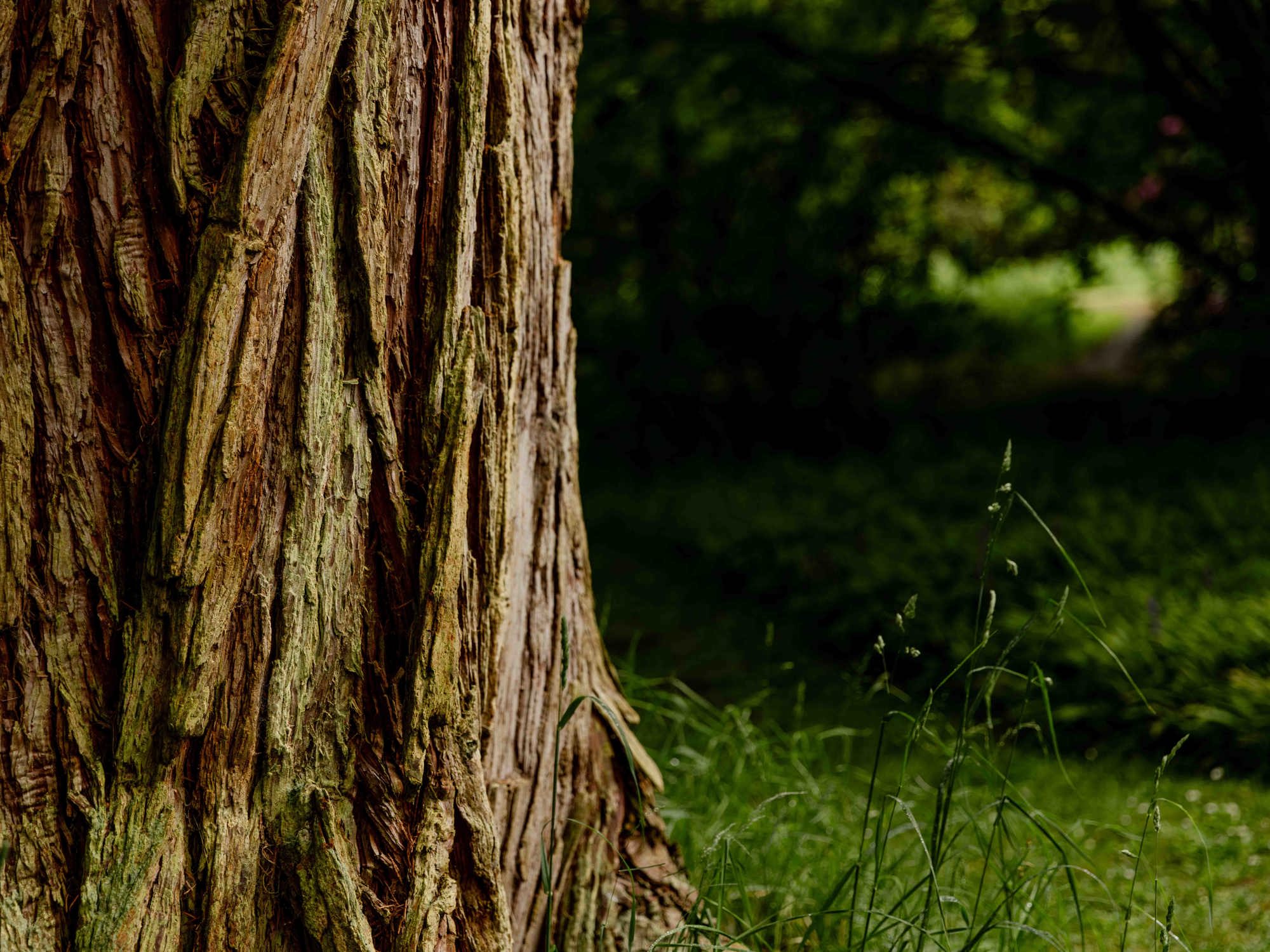Stories of environmental devastation, hope through conservation and stunning springtime blooms will be told across the country as the Royal Botanic Garden Edinburgh (RBGE) pays its tribute to a remarkable monarch. Carefully selected trees from Japan, Chile and Bosnia will mark Her Majesty’s Platinum Jubilee, in 2022, with a rolling programme of plantings throughout the year across four sites from the capital city to the heart of the Scottish Borders, mountainous Argyll and sub-tropical Rhins of Galloway.
Answering the call for individuals, community groups and corporate organisations to support The Queens Green Canopy (QGC) tree planting initiative, marking Her Majesty’s 70th anniversary as the head of the nation, RBGE’s Curators have selected specimens appropriate to their four Gardens.
To start the year, on the very southwest tip of Scotland, at Logan Botanic Garden, near Stranraer, young specimens of Jubaea chilensis have been planted to create a natural boulevard. Endemic to Chile and commonly known in Britain as the Chilean wine palm, this species is classified as Vulnerable in its native habitat. It is now a protected species after numbers were reduced through commercial harvesting of sap and fruits. The plantings, along the historic Upper Terrace of Logan’s Walled Garden, will form part of an ex-situ conservation programme adding to the Garden’s already extensive collection of Chilean species. This slow growing but long-lived species will, in time, create a spectacular avenue, thought to be unique in the UK.
At the research institute’s flagship Edinburgh Garden, a new avenue of Prunus x yedoensis will cast springtime cheer, leading to a recently developed area of wild-collected Japanese species to the south of the site. Also known as the Tokyo cherry or Yoshino cherry, Prunus x yedoensis produces fragrant white flowers in spring. As well as drawing attention to the surrounding conservation species under threat in their natural habitats, the avenue will complement a magnificent mature specimen at the East Gate of the Garden, which is a favourite every spring with real-time visitors and social media followers.
Also in Spring, at Benmore Botanic Garden, near Dunoon in Argyll, the parkland landscape to the fore of the former mansion house – now an outdoor education centre - will be enhanced by the planting of Cryptomeria japonica. Traditionally one of the most common forestry trees in Japan, this species, also known as Japanese cedar or sugi, is now suffering from past commercialisation. Highly prized for construction because of its size, workability, and durability, there are only a few small and fragmented populations still to be found in its natural habitat. Although it is now Near Threatened, valuable conservation projects are underway in Japan and also through ICCP initiatives in the United Kingdom.
Autumn 2022 will see the commencement of our celebratory planting scheme at our fourth botanic garden. Selected from RBGE’s Nursery in summer 2021, the young trees to be planted behind the Beech Walk Avenue at Dawyck Botanic Garden, near Peebles, have a particularly evocative back story. Standing just below knee height, the future plantings of Picea omorika were wild-collected as seed during conservation fieldwork in Bosnia and Herzegovina in 2010 – an area ravaged by wildfires during summer 2021. On that team was Dawyck Garden Supervisor Thomas Gifford who transferred seed to Edinburgh where it was brought on under the work of the RBGE-led International Conifer Conservation Programme (ICCP). As they mature, these trees with their narrow columnar growth will make a striking sight.
Commenting on the significance of the anniversary and the national tree planting initiative, Simon Milne MBE, Regius Keeper of the Royal Botanic Garden Edinburgh, said the opportunity presented by the occasion should not be underestimated: “In celebrating this remarkable jubilee, individuals, groups and businesses are coming together as a nation to participate in a unique grand-scale tree planting initiative. With its focus on planting sustainably and also protecting ancient woodlands, the Queen’s Green Canopy will leave a real legacy to benefit future generations.
“As an organisation committed to extending plant research, conservation and education, it is important for the Royal Botanic Garden Edinburgh to participate across all four of our sites. In supporting Her Majesty’s initiative, we can also engage with our visitors - in real time and online - to encourage a new interest in the health of the environment at home and around the world. This is a great opportunity to be part of the 2022 celebrations, plant trees for the enjoyment of future generations and conserve threatened species for a safer future.”
ENDS
For further information, interviews or images, please respond to this email or contact Suzie Huggins on 07385 491 460 or Shauna Hay on 07824 529 028.
EDITOR’S NOTES
The Queen’s Green Canopy (queensgreencanopy.org)
For more information on the conservation plantings:
Picea omorika | Threatened Conifers of the World (en-GB) (rbge.org.uk)
Jubaea chilensis (Molina) Baill. | The Endemic Plants of Chile (rbge.org.uk)
Cryptomeria japonica | Threatened Conifers of the World (en-GB) (rbge.org.uk)
The Royal Botanic Garden Edinburgh (RBGE) is a leading international research organisation delivering knowledge, education and plant conservation action around the world. In Scotland its four Gardens at Edinburgh, Benmore, Logan and Dawyck attract around a million visitors each year. It operates as a Non-Departmental Public Body established under the National Heritage (Scotland) Act 1985, principally funded by the Scottish Government. It is also a registered charity, managed by a Board of Trustees appointed by Ministers. Its mission is “To explore, conserve and explain the world of plants for a better future.” Learn more: www.rbge.org.uk

